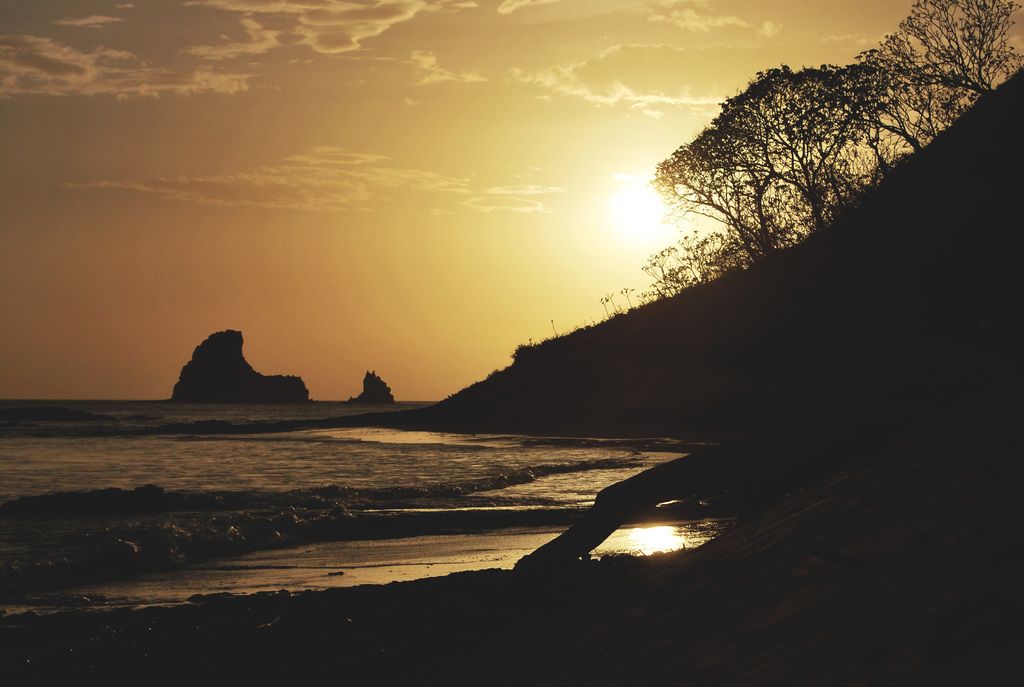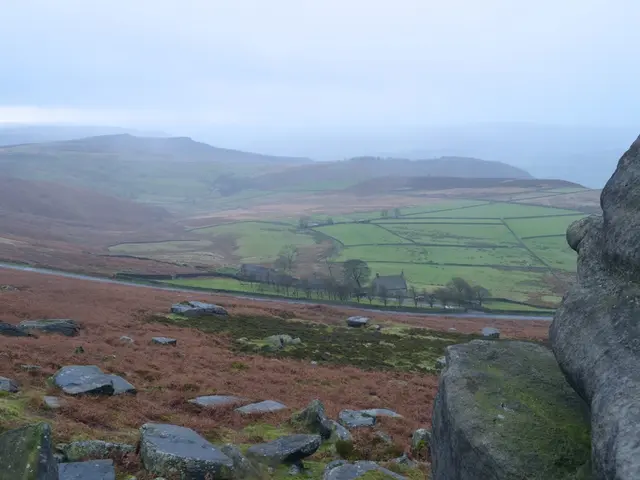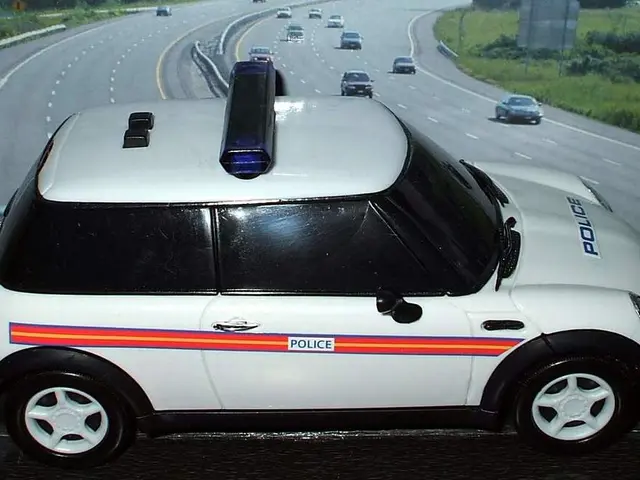Tips for Quickening the Break-in Process for Hiking Boots
Updated Guide:
Aint no joking matter when it comes to hiking boots, y'all. They're crucial for any outdoor adventurer, especially since foot care is oh-so-important while trekking those mountains and backwoods. So, let's talk about how to properly break 'em in - it's a fundamental step in preventing those annoying blisters and ensuring maximum comfort, no matter how many miles you're racking up.
Now, the break-in period can stretch from a couple days to a couple weeks, depending on how you use 'em and the type of boot. Lighter shoes might feel broken-in right out the box, while leather hiking boots or stiffer models will take a solid bit longer. But don’t rush it – take the time to break 'em in, and your boots’ll soften up and mold to your foot like a glove. Here's what you gotta do:
Break 'Em In, But Don't Change 'Em
First things first – a boot ain't gonna fit much differently after it's broken in. Start by deciding the boot's intended use, be it a leisurely stroll or conquering a 14er. The hiking shoe vs boot debate's a never-ending one, but you got to make that call for yourself. We've hiked in everythin' from boots to trail runners, but each hike may call for different footwear depending on the terrain.
When picking out boots, take note of their foot box. Those with a spacious toe box might even require a wide size, and ladies with wider toe spreads or swollen feet should consider goin' for a men's size. Ashley's loving her new Men's Sportiva hiking shoes right now. Spend some quality time at the store, try 'em on, and make sure they fit perfectly. If they feel comfy from the start, you're golden. If they're uncomfortable, well, good luck wearin' 'em.
Shopping for boots can be a chore, with factors like size, comfort, durability, and fabric choices to consider. Fight the struggle, and hit up a professional outdoor outfitter like REI. Their experts can help you find the perfect boots for your feet, and they'll even let you wear 'em with your usual socks to ensure a proper fit.
Pair 'Em Right
Here's a secret – wool socks and a sock liner will be your best friends while breakin' in boots. This combo absorbs moisture and reduces friction, minimizing the chances of blisters. Avoid cotton, which is a blister makin' machine, and stick with the same type of hiking socks you plan on wearin' while trekkin'.
Now, some folks might recommend thick socks for Summer hikes, but that ain't always the case. A low or medium cushion crew sock will be fine for most situations. Just don't go too thin (like a dress sock) or too short (like an ankle sock).
Wear 'Em Everywhere
Start wearin' your boots around the house during your daily activities. Skip wearin' 'em while sittin', as that won't help break 'em in. Then, gradually wear 'em around town while runnin' errands or takin' the dog for walks. This phase will help the boots conform to the shape of your foot and soften up those stiff areas.
If you find hot spots, pinches, an ill-fit, or general discomfort, it's time to go back to the drawing board and try a different pair. You might just need better insoles or to re-lace the boots for a better fit.
Time to Trek
Once your boots feel looser and the stiff areas have loosened up, it's time to hit the trails! Head out on shorter hikes and deliberately walk on varied, uneven terrain. Gettin' some time on dirt is where your new boots'll really start to break in. If you encounter uncomfortable hotspots, stop and address 'em, then head back to the trailhead. Stay in tune with your feet, always carry moleskin or duct tape for blister prevention, and use apps like AllTrails to find trails near you.
Gradually increase the distance of your hikes as you become more comfortable, and then take your hard-earned boots on your next big adventure – if you've followed these steps properly, you should be golden.
How Long Does It Take?
The break-in time depends on the type of boot and the effort you put in. Leather boots or mountaineering boots might take several weeks, while modern boots or synthetic boots will break in quicker. The key is to wear 'em consistently and avoid rushin' the process. Be patient – leather boots require more time compared to modern boots.
Blister-Free Break-In
Blisters are the enemy of the trail, so take steps to reduce friction and moisture. Wool socks absorb excess moisture, sock liners help reduce friction, and re-tying your boots after the initial walk ensures your foot is properly positioned. If none of that does the trick, consider exchanging your boots for another style better suited to your feet.
So remember – slow and steady wins the race when breakin' in hiking boots, and never sacrifice comfort for speed. Happy trekkin', y'all!
For more tips, check out: How to Clean Dirty and Smelly Hiking Boots and How to Waterproof Hiking Boots!
- Hiking boots are a vital piece of equipment for any outdoor adventurer, particularly during long treks, as they help prevent blisters and ensure comfort.
- The break-in period for hiking boots can vary from a few days to a couple of weeks, depending on the boot type and amount of use.
- Wool socks and a sock liner are essential for breaking in boots, as they absorb moisture and reduce friction, thereby decreasing the risk of blisters.
- When buying boots, pay attention to their foot box, especially if you have wider feet, as a spacious toe box might require a wide size.
- To ensure the perfect fit, visit a professional outdoor outfitter like REI for assistance, and try on boots with the socks you plan on using during hikes.
- Properly broken-in boots can withstand longer hikes and varied terrain, providing maximum comfort and protection.








